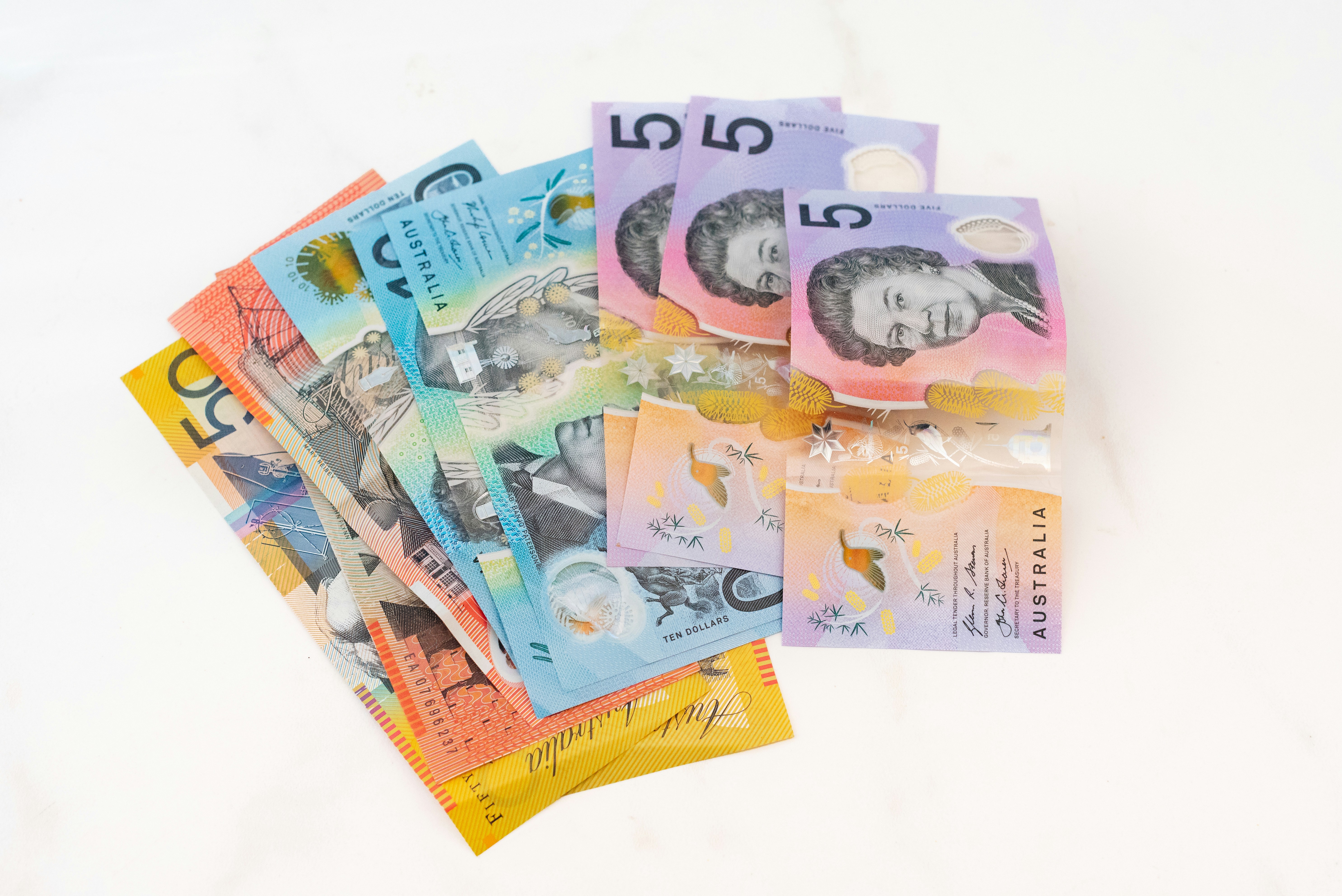Media release
From:
Australia's health expenditure hits $270.5 billion in 2023–24, 10% of GDP
Spending on health goods and services increased by $2.8 billion to $270.5 billion during 2023–24, equating to $10,037 per person and 10.1% of the gross domestic product (GDP).
The Australian Institute of Health and Welfare (AIHW) has today released 3 new reports: Health expenditure Australia 2023–24, Health system spending on disease and injury in Australia 2023–24 and Health system spending per case of disease and for certain risk factors. The reports collectively provide a comprehensive overview of health spending in Australia by area of spending, sources of funding and trends over time.
‘The AIHW has been reporting on national health expenditure for over 3 decades, helping us understand the health system and its relationship to the economy as a whole,’ said AIHW spokesperson Geoff Callaghan.
Total health spending was 1.1% higher than in 2022–23 after adjusting for inflation, while spending dropped by 1.3% on a per person basis. This can be attributed to modest health spending growth and a sharp rise in population following the COVID-19 pandemic.
‘Spending from non-government sources including individuals and private health insurance providers increased by 3.7% in real terms, driving the overall increase in health expenditure,’ said Mr Callaghan.
‘While federal and state governments together funded almost 70% of total health expenses, overall government spending decreased by 0.1% in 2023–24 due to lower public health spending in the post-pandemic period.’
Of the $270.5 billion spent, the Australian Government provided $106.2 billion, and state and territory governments provided $82.0 billion.
Health spending as a percentage of total government expenditure has remained similar, decreasing marginally from 17.1% to 16.8% in 2023–24.
Primary health care spending fell by 0.5% to $89.1 billion, mainly due to lower government expenditure on public health such as COVID-19 vaccines and rapid antigen tests.
Hospital expenditure increased by 1.2% to $113.8 billion, driven by increased hospitalisations and patient admissions.
Disease and injury-related spending
Of the $180.4 billion in health spending that could be directly attributed to disease and injury in 2023–24, the 3 highest-cost disease groups were cancer ($19.7 billion), cardiovascular diseases ($16.9 billion) and musculoskeletal disorders ($16.3 billion).
Cancer has been the most expensive disease group since 2017–18, accounting for around 10% of spending each year, with spending doubling since 2013–14.
Cancer also had the highest burden of disease in 2023–24 while mental health and substance abuse had the second highest burden but ranked seventh in term of spending.
Spending per case of disease and for certain risk factors
Total health system spending attributable to potentially avoidable risk factors was $38.0 billion in 2023–24. The top risk factors contributing to health spending was overweight and obesity at $7.0 billion.
Cancer and other neoplasms were the disease group with the highest average spending per case at $17,000, while acute lymphoblastic leukaemia had the most spending per case of all diseases ($0.5 million per case).



 Australia
Australia


